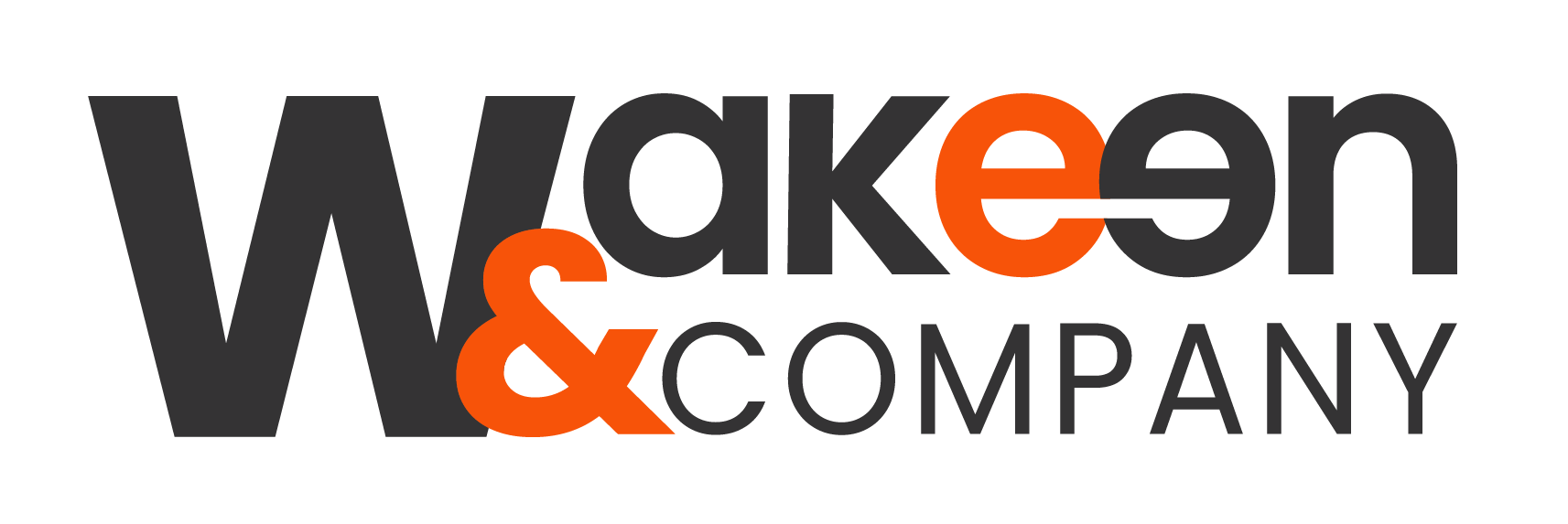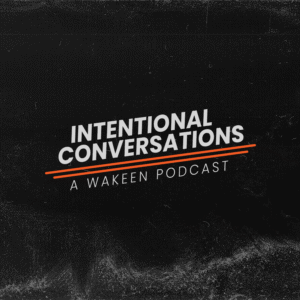As AI and social platforms redefine how users find and interact with content, the traditional boundaries of SEO are disappearing. Visibility now extends beyond search engines into social feeds and conversational AI responses. In 2025, we’re operating in a world where SEO isn’t just about your website, it’s about where your content shows up, who sees it, and how machines interpret it.
For businesses and marketers, this shift opens up new opportunities and requires new strategies. So, let’s break down how Social SEO and AI SEO are evolving, what they mean for your brand, and how to create content that thrives in this fast-moving digital landscape.
What Is Social SEO?
Social SEO is the practice of optimizing content on social platforms so that it’s discoverable via in-app search or external engines like Google. In the past, this often meant cramming your posts with hashtags. But those days are numbered.
The death of the hashtag is real, at least in its old form. Platforms like Instagram, TikTok, YouTube Shorts, and even Pinterest now prioritize natural language and semantic relevance over gimmicky tags. Search algorithms are more intuitive, and users are typing full questions into search bars: “How do I start container gardening?” or “Best summer nails 2025.”
To rank in social search, you need to speak their language…literally.
What Is AI SEO?
AI SEO is how your content surfaces in AI-driven tools like ChatGPT, Google’s Search Generative Experience (SGE), and Bing Copilot. These platforms don’t just crawl your site, however, they synthesize answers from across the web and present a curated response. If your content isn’t structured to be understood by AI, it may never make it into that answer box.
Unlike traditional SEO, AI SEO relies heavily on:
- Natural phrasing
- Topic authority
- Structured data
- Clear context and completeness
This isn’t about stuffing keywords. It’s about being genuinely helpful and easy to parse.
Search Still Matters, Especially Local Search
While social and AI SEO are growing fast, traditional search engine visibility is still critical, especially when it comes to local intent. Google still dominates the discovery journey for services, products, and businesses that people want nearby. Think “near me” searches or mobile map results.
Local SEO isn’t going anywhere, it’s evolving alongside everything else.
How to Maximize Your Local Rankings:
- Claim and Optimize Your Google Business Profile (GBP)
- Fill out all fields (categories, services, hours, location)
- Add high-quality photos and keep them updated
- Encourage and respond to reviews (both positive and negative)
- Use Local Keywords in Website Content
- Include your city, county, or neighborhood naturally within headings, titles, and body copy
- Create localized landing pages if you serve multiple regions
- Keep NAP Consistent
- Your Name, Address, and Phone Number should be identical across all online directories and platforms (including Yelp, Facebook, and your website footer)
- Earn Local Backlinks
- Partner with local blogs, sponsor community events, or get listed in regional directories—these hyperlocal signals reinforce your relevance in your area
- Add FAQs and Location-Based Schema
- AI tools often pull from FAQ sections. Make sure you address common questions about your services and location.
- Use schema to signal your service areas, reviews, and contact info to search engines.
Ranking locally often delivers the highest ROI, especially for businesses with physical locations or defined service regions.
5 Tips to Win in Social SEO and AI SEO
1. Write Like a Human, Think Like a Bot
Your content needs to be:
- Conversational enough for humans to engage with
- Structured enough for AI to understand
Use headings, bullets, FAQs, and concise summaries. On social, write descriptive captions. Avoid vague or overly clever language that might confuse the algorithm.
2. Ditch the Hashtag Stuffing
Hashtags still have value on TikTok and LinkedIn, but clear, natural language captions often perform better. Instead of:
“#travel #adventure #summer”
Try:
“Looking for summer fun inspiration? Here’s our favorite budget-friendly adventure in Harrisburg.”
3. Make Content That Educates or Solves a Problem
AI tools prioritize:
- Helpful answers
- Actionable advice
- Authoritative content
Be the solution, not just the story.
4. Use Strong Metadata and Schema
- Mark up your content with schema for FAQs, products, local business info, and reviews
- Write strong meta titles and descriptions to clarify your content’s value
This helps both AI and traditional search engines surface your content.
5. Cross-Publish Thoughtfully
Don’t just copy/paste. Adapt:
- Turn blog posts into short-form videos or Reels
- Convert FAQs into carousels or story highlights
- Tailor captions to each platform’s search behavior
Being everywhere doesn’t help unless you’re saying something meaningful in each place.
Final Thoughts
In the new era of SEO, search is no longer one-size-fits-all. You’re not just optimizing for Google—you’re optimizing for the way real people search across platforms, and for how machines synthesize those results.
Whether it’s a customer asking a question in TikTok search, an AI tool summarizing sources, or someone Googling “best marketing agency near me,” your content needs to be positioned to show up.
Brands can navigate this multifaceted SEO landscape with content that’s discoverable, readable, and impactful.



